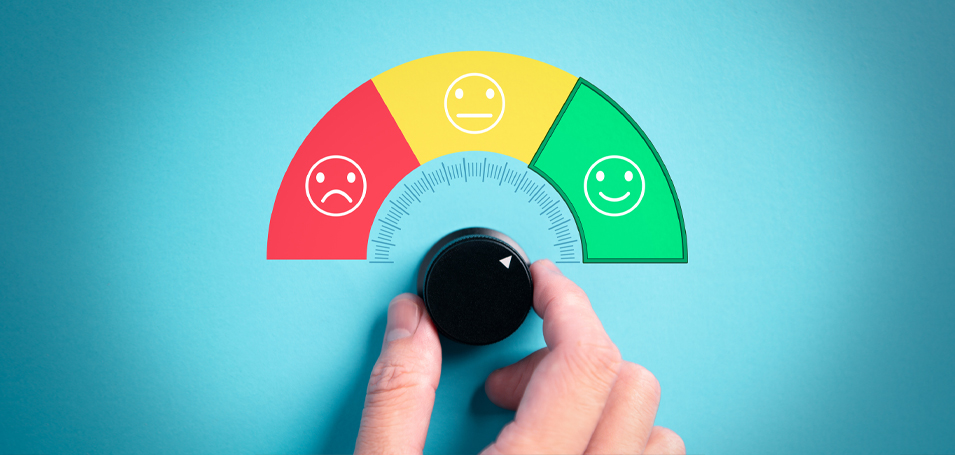Customers are an organization’s greatest asset. As a result, the question of how to educate customers effectively is key. For organizations looking to grow and scale their business, developing an effective educational content strategy for customers in the early stages of the customer lifecycle is especially crucial.
“Customer success” has become a leading concept in the industry. In March of 2010, this term was only seeing 23 average monthly searches. In March of 2021, that number was up to 4,400 monthly searches. That’s a 200x increase in 11 years.
When educating customers, why is the acquisition phase so crucial? And how can companies ensure success here?
Educating customers during acquisition
The 2020 State of Customer Training Report reveals that 96% of organizations believe that customer training and education is indeed important. However, only 14% think a majority of their customers are educated adequately.
This 14% is too low. Many thought leaders believe online learning businesses should educate and nurture their customers at every stage of the educational lifecycle, starting with the acquisition stage.

Why? Because every product has a learning curve, with some steeper than others. Companies need to be thoughtful about training a possible customer. The need to give them the fundamentals without overburdening them with unnecessary information.
Presale educational materials, for example, could convince potential customers to convert by making a complex, technologically advanced product more approachable. Organizations should focus on presale educational materials because products are becoming more complex and technologically advanced. As our own CEO, Barry Kelly, explains, “Very complex products require complex training.”
Enlisting the help of customer training professionals is another idea. There are teams and solutions that assist companies with crafting a strategy on how to educate customers, how to present the right information at the right instance, and how to guide customers to their “aha!” moments. According to a Thought Industries customer whose organization provides financial information to businesses worldwide:
“When we profile our accounts that retain and stay with us, we see that their overall retention rates are two to three times higher when customers are trained than clients where we don’t see the same type of education coverage and activity.”
Aside from increasing sales, here are some additional benefits of educating customers in the acquisition process:
- Build trust with potential customers: Highly curated content and expertise builds trust.
- Develop deeper levels of engagement: Learning experiences offer deeper engagement than most marketing programs.
- Establish brand as an authority: Thought leaders will help build trust with potential customers.
- Identify knowledge gaps and access level of product understanding: Powerful feedback loop from potential customers.
- Develop a more educated buyer: Educated buyers are more engaged and often result in a higher retention rate.
Tips on how to educate customers
There are a number of ways to educate potential customers in the acquisition process. But first, educating customers requires a deep understanding of what they view as “success”. The Customer Education Playbook lists some important questions that companies should ask themselves in order to understand their customers more effectively:
- What core problem of our customers is solved by our product or service?
- How can our customers determine that the product or service works? Which metrics should they measure? What results should they be achieving?
- What are our customers’ goals outside of our product or service, based on their jobs and the pain points they’re trying to solve?
- How does our service or product align with/meet their goals?
- Do we have different customer goals for every demographic or segment? (If this is true, repeat every question for every segment.)
Some examples of educational programs that companies can create for customers in the acquisition process include:
- Curated short-form learning content: Online courses, curated learning experiences.
- Customer advocates and product experts: Cultivating thought leaders and knowledge base to deliver online learning.
- Tips and guide email campaigns: Scheduled weekly guides, tips, and customer learning content.
- Scheduled webinars: Synchronous live learning events.
- Quarterly roundtables: Smaller, more intimate peer-to-peer workshops and break-out sessions with a leading expert as moderator.
Given the challenges of the ongoing pandemic, companies should also look into shifting from an in-person instructor-led training (ILT) to virtual instructor-led training (vILT). This helps provide a new level of flexibility around the challenge of how to educate customers in the acquisition stage. It’s also a long-term strategy; remote approaches will remain important for some time.
What great educational content strategy looks like
A great educational content strategy should not just revolve around developing courses, and providing supporting documents and webinars. It should include that; but it should do more. It should go back to the basics of why we’re doing what we’re doing: forever striving to figure out the best way to educate customers. And educating customers is about having a deep understanding of what customers define as success, and building and designing an entire experience from that.
Moreover, even during the acquisition stage, certain features can be underutilized, valuable but misunderstood, or just hidden from view. A successful educational content strategy addresses these consumption gaps. Learning experiences that reduce friction, highlight benefits, and promote awareness of these underused features are helpful.
Finally, organizations need to breathe new life into their “release notes”. Newly released features would benefit well from short video tutorials and animated GIFs that help in educating customers about the new things they can do.
Interested in seeing how others are educating customers in the acquisition stage? Look into Blue Nile’s diamond education resources, Moz’s Help Hub and REI’s expert advice portal.

Better yet, check out last year’s COGNITION 2020 event and hear insights from industry experts about how to educate customers through all the stages of the customer journey! And if you haven’t yet downloaded the Customer Education Playbook, a 12-step methodology for educating your customers throughout the lifecycle, now is your chance, here.



